In this installment of her Eat Ireland column, Deputy Editor Jocelyn Doyle explores some of the Boyne Valley’s fabulous foods.
The Boyne Valley in Ireland’s Ancient East is an area steeped in millennia of history and mythology. Made up of fertile soils, rich grasslands, natural forests and the River Boyne as it courses towards the sea, the Valley offered a safe, prosperous home to the Stone Age builders who raised Newgrange even before the Egyptian pyramids were constructed, and to the pagan gods and goddesses who resided there in the shadowy aeons before that. The region continues to provide such quality sustenance today that it was recognised as Ireland’s Foodie Destination of the Year in 2016. I’m on the way there to see what all the fuss is about.
We meet at the Monasterboice Inn, where the proprietors raise their own herd of cattle on Pleasure Hill — a name that must seem apt to the sole bull, smugly surrounded by his own personal harem of cows. Farmer Joe O’Reilly believes that “you can’t correct bad breeding, and you can’t correct bad feeding,” and the herd — a mixture of breeds — is kept out at pasture for as much of the year as possible, happily munching on the lush grasses that make Ireland so special. Later, in the Inn, we’ll get to sample the end product in a superb steak dinner with all the trimmings.
We move on to the newly-built Boann Distillery and Boyne Brewhouse, a two-in-one producing some of my favourite things: Irish whiskey and craft beer, as well as a cider. This is a family project, deliberately built near the river so that they might draw natural spring water from the on-site well. We’re welcomed to the vast, glassy building by Sally-Ann Cooney, in charge of marketing, PR and hospitality. The Cooney family have big plans, and we’re standing in the primitive stages of what will become a visitors’ centre and restaurant. We sample their inaugural whiskey, operating under the temporary moniker “Whistler” until they have a batch that has been distilled and aged here for the requisite three years, at which point it will assume its permanent name: Boann, after the pagan goddess who purportedly created the Boyne Valley. Even now, in its formative years, this is a quality whiskey; I’m already hankering to taste its more mature sister once she has graduated from the cask. We chase our samples down with Boyne Brewhouse beers, enjoyed in the sunshine, and I savour my flavoursome amber ale.
On we roll to our next stop: Coastguard Smokehouse in Annagassan, where the unassuming Terry Butterly makes absolutely stunning smoked fish with little fanfare. We step into his diminutive smokehouse while he explains the process of smoking his salmon, cod, haddock and hake, and the patience involved — slow-smoking the fish can take eight hours, but this produces a far superior end product. As he talks, Terry expertly slices hot and cold smoked salmon for us to nibble. The flavour is fantastic, a world away from mass-produced smoked salmon; the delicate touch of slow-smoking allows the natural taste of the fish to have as much presence as the smoke. After our tour, we sit in the idyllic garden which slopes down to the river, languidly enjoying platters of smoked salmon and hake with little cups of red wine.
The final stop of the day is Barmeath Castle, home to the Bellew family since the 1670s, where Eoghan Mac Giolla Coda is waiting to introduce us to his bees. Eoghan has hives spread from here to Drogheda and up the Coolea Mountains, with 40,000 black Irish bees in each, all hard at work making his renowned Lannléire Honey from the nectar they forage from the meadows, hedgerows and forests surrounding them. The old idiom “busy as a bee” is no less true for being clichéd; it takes visits to up to two million flowers to make just one jar of honey, and no matter how much is already stored in the hive, the dogged little creatures never stop collecting. Eoghan reminds us that this is not the bees’ most important job: far more essential is their role in cross-pollination, with many plant species heavily reliant on their comings and goings. Humans’ increasing use of chemical pesticides has led to a real threat facing bees worldwide; if hives collapse, so too will many of our floras. We take teaspoons of Eoghan’s honey and marvel at the depth of flavour; the wide range of wildflowers from which the bees collect provides real complexity rather than simple sweetness.
Later, back in Monasterboice Inn, we lounge in our post-prandial seats with bellies full of splendid steaks and carefully matched wines, and I reflect on the day’s eating. Just as those burgeoning Stone Age farmers were drawn to the Boyne Valley over five thousand years ago, it’s not hard to see why its lush, fertile fields continue to attract farmers, brewers and artisan producers. Thanks to its long history, there is a veritable wealth of tourist attractions scattered throughout the Valley but, even if that’s not your thing, it’s worth a visit purely for the local food and drink.
Make a gorgeous savoury Dutch baby with Annagassan smoked salmon, here!
- gut health
- healthy
- top tips
- fridge cake
- food festival
- me auld flower
- dublin
- dublin festival
- food and drink festival
- festival line-up
- Summer festival
- Events
- Festivals Ireland
- Body & Soul
- music festival
- summer events
- OATLY
- Crudo
- All Together Now
- Events Waterford
- Events Ireland
- news
- events Dublin
- Home-Cooking
- online cooking course
- cooking
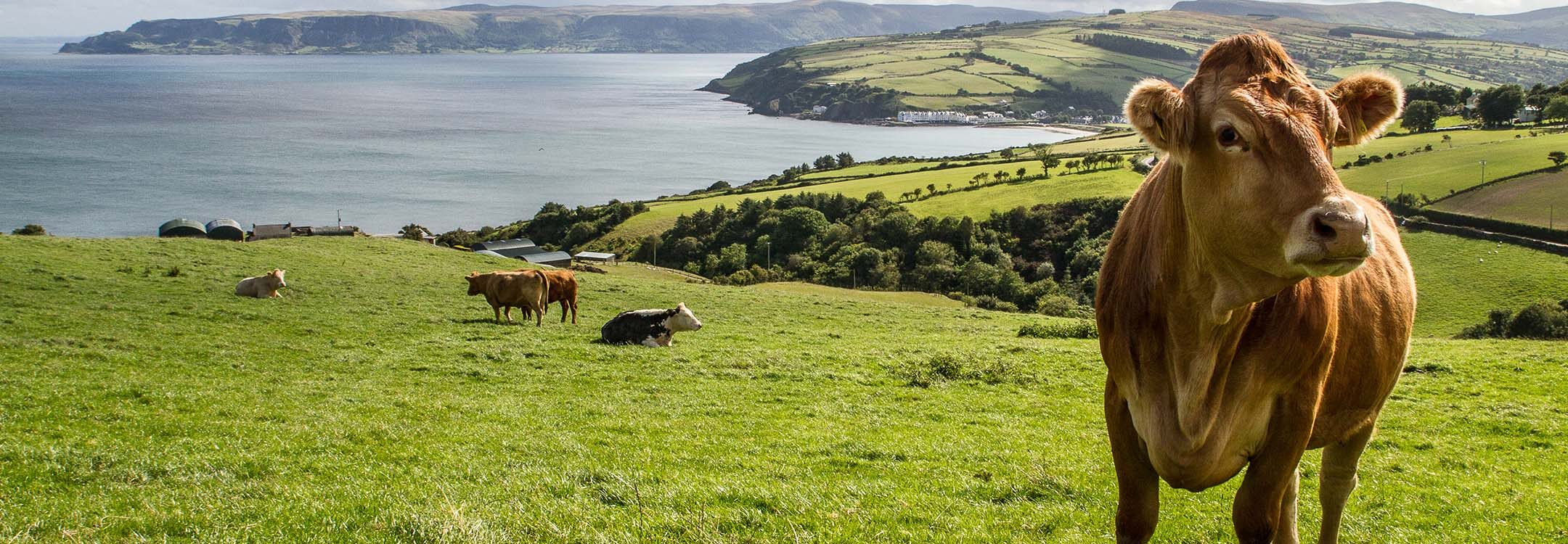

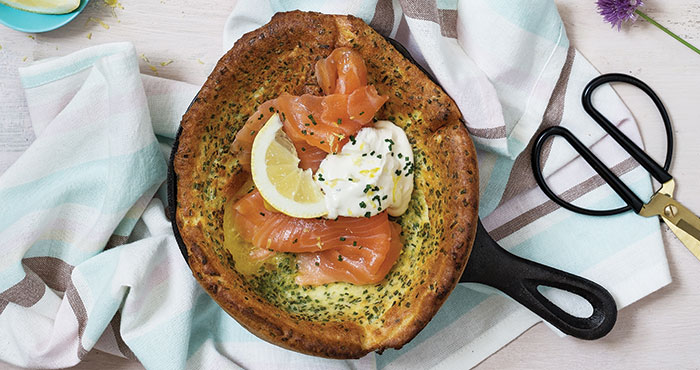
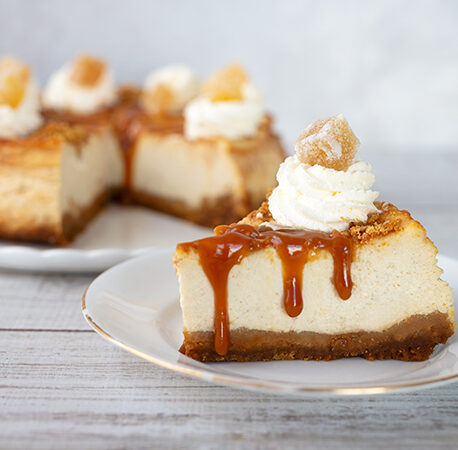
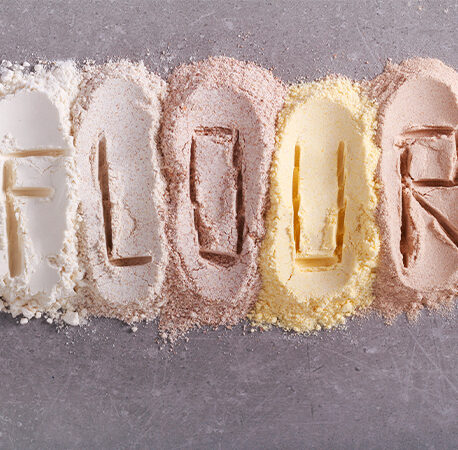

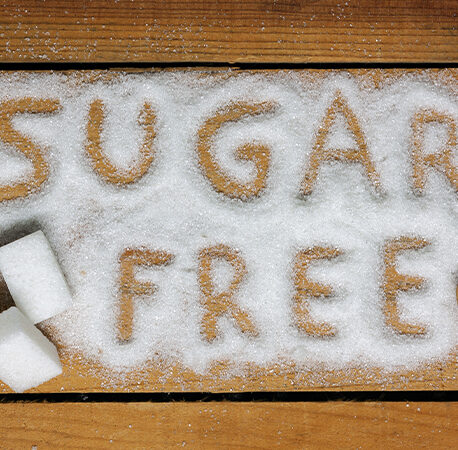
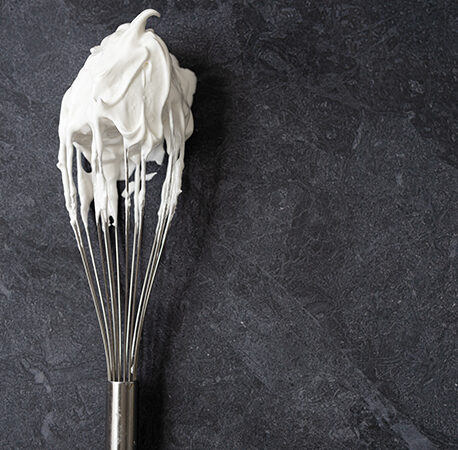
You have to be signed in to comment this post.